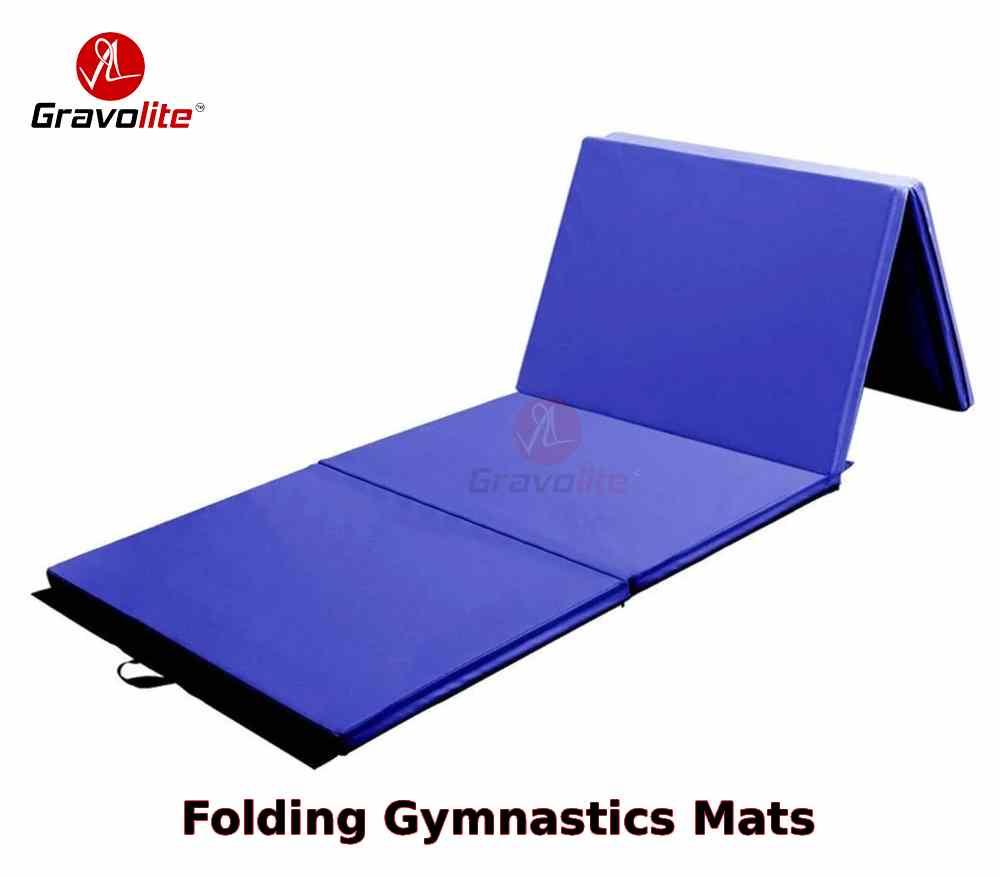Every flip, tumble, and landing tells a story of dedication and practice. But behind every successful gymnast is a foundation of safety and support—a foundation built, quite literally, on the mats they train on. Whether you're a parent creating a safe practice space at home, a coach outfitting a new gym, or a school administrator looking for durable equipment, the Gymnastics Folding Mat is an indispensable piece of gear.
But not all mats are created equal. With so many options on the market, how do you ensure you're investing in quality, safety, and longevity? This guide will walk you through everything you need to know to make an informed decision, highlighting why the source of your mats is just as important as the mats themselves.
Why a Folding Mat is a Game-Changer
Unlike their bulky, rolled counterparts, Folding mats offer unparalleled convenience. Their ingenious design allows them to be easily folded and stored in a closet, corner, or equipment room, saving invaluable space. This makes them the perfect solution for:
-
Home Use: Transforming a living room or basement into an instant practice zone.
-
Schools & Institutions: Allowing for easy setup and tear-down for PE classes or events in multi-purpose rooms.
-
Gyms & Clubs: Providing flexible training areas that can be reconfigured in seconds for different apparatuses or skill stations.
-
Travel: Their compact form factor makes them surprisingly portable for competitions or outdoor training sessions.
Key Features to Look For in a Quality Mat
When evaluating a gymnastics folding mat, don't just look at the price tag. Consider these critical factors that impact safety and performance:
-
Density and Thickness: This is the primary determinant of impact absorption. For basic tumbling and young children, a 1.5-inch thick mat may suffice. For more advanced skills involving higher falls (like vaulting or complex dismounts), look for a thickness of 2 inches or more. Density works hand-in-hand with thickness; a high-density foam core will provide superior shock absorption without bottoming out.
-
Cover Material: The outer cover is your mat's first line of defense. Seek out heavy-duty, waterproof vinyl (PVC) or non-slip textured surfaces. A reinforced stitching pattern, such as double or diamond stitching, prevents seams from splitting under stress. A tear-resistant cover is a sign of a mat built to last.
-
Portability Features: The whole point of a folding mat is ease of use. Check for well-designed handles that make carrying comfortable, even for younger athletes. Some models feature Velcro or strap closures to keep the mat neatly folded during storage.
-
Hygiene and Maintenance: Mats see a lot of action and sweat. A waterproof surface isn't just for spills; it allows for easy cleaning and disinfecting with a simple wipe-down, preventing the buildup of bacteria and odors, and ensuring a hygienic practice environment.
The Importance of Your Source: Manufacturer vs. Wholesaler
Understanding the difference between a Gymnastics folding mat manufacturer and a gymnastics folding mat wholesaler is crucial to your purchasing decision.
-
A manufacturer is the company that designs, engineers, and produces the mats. Buying directly from a manufacturer often means you can access custom options (like specific sizes, colors, or logos), get detailed information about the materials and construction, and potentially benefit from lower prices by cutting out the middleman. You're getting the product straight from the source.
-
A wholesaler is a distributor that purchases mats in massive quantities from various manufacturers and then sells them to retailers, schools, and gyms. The advantage of a wholesaler is that they often carry a wide range of brands and products, allowing for one-stop shopping. However, you may have less direct insight into the production quality.
For those prioritizing quality control, material transparency, and potentially custom solutions, partnering with a reputable Gymnastics folding mat manufacturer is the superior choice. It ensures you know exactly what you're getting and where it comes from.



